Kai Boysen’s wooden toys
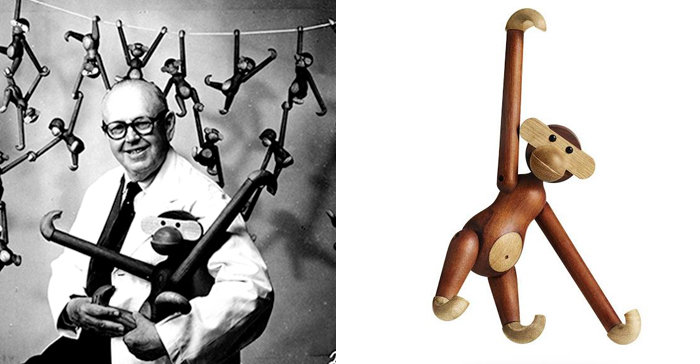
Kai Boysen’s toys, which include amusing monkeys, stubborn wood warriors, and lovely zebras, have established themselves as the gold standard for Scandinavian design. Boysen’s works – innocent, ecologically friendly, and of excellent quality – were enjoyed with by many generations of kids, and the manufacturing of games all around world was centred on his inventions – naive, ecologically friendly, and of exceptional quality. Nevertheless, they initially hesitated to embrace his suggestions, citing a rather amusing rationale…

Kai Boysen was born in 1886 to Ernst Boysen, the editor of the Danish satire journal Octopus, and his family. The older Boysen spent considerable time encouraging his kids to be creative. They worked together just to cut wood and create toys that were both simple and innovative in design.Kai grew up to be a brilliant young man, just as his dad had desired. He had a strong interest in pursuing a career as a jeweller since he was a child. In 1910, he finished a jewellery course in Copenhagen, then went to Germany to study, and then to Paris to acquire the mysteries of workmanship… Kai Boysen spent many years there as a metal craftsman, manufacturing flatware, tea cups, and silver tumblers. With its intricate fluid shapes, the younger artist despised Art Nouveau, which had already been outmoded yet still popular. He desired anything new, and he rejoiced in the rise of new, clean, and logical shapes.
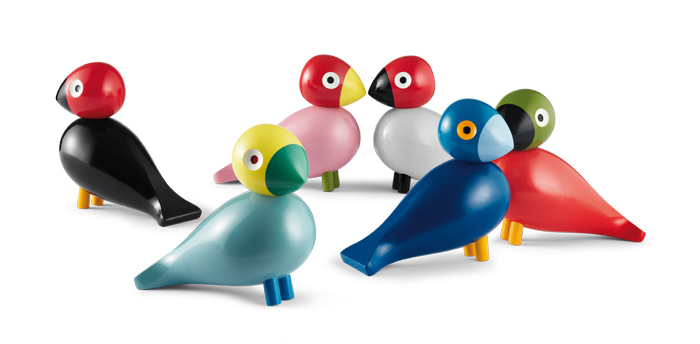
He was not unconcerned with the fate of Danish manufacturing and was present at the birth of Danish design – at a time when the term in its current definition didn’t even exist. Boysen formed the Den Permanente Union, an organization of artists and artisans, with his friends. Den Permanente was a meeting place for Scandinavian architects until 1981, where they discussed ideas, launched exhibits, and signed artistic contracts…
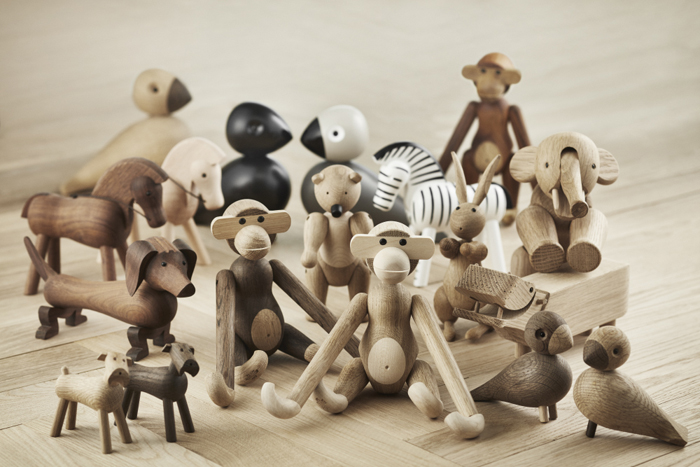
Boysen married and started a family in 1919. There were still 10 years remaining in his toy-making profession, but the inventor considered changing his vocation after the birth of his child. Boysen wanted to examine as his son grew older. He had the best toy reviewer in the world – a young child, after all.

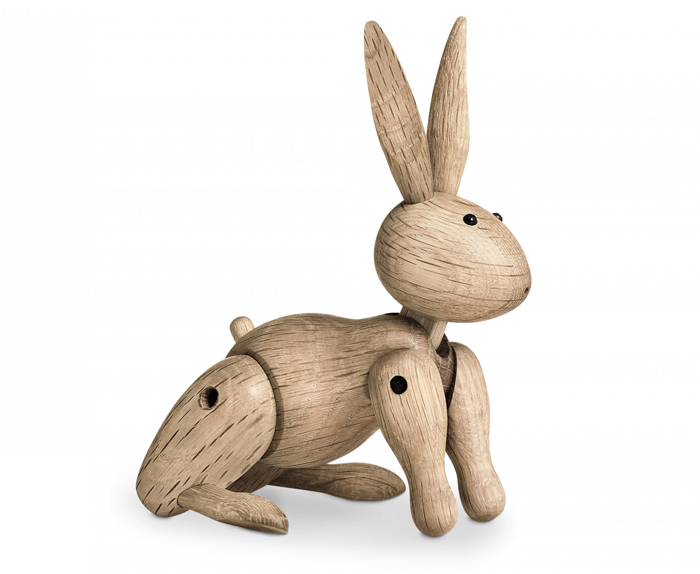
Beginning in the early 1920s, Boysen started creating wooden toys with moveable limbs that were typically 6 to 10 inches tall. A teak and limb monkey, an oak elephant, an oak and poplar bear and a rabbit, a cherry rocking pony, parrots, a dog, and toy Danish Royal Guard warriors – a musician, a private with a weapon, and a flag bearer – were among the animals. Figures of boys and girls, snowboarders, and dancers were gradually added to them…
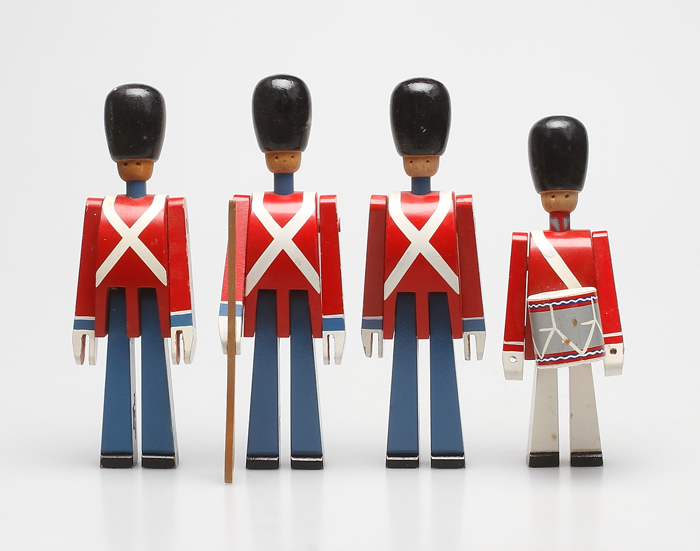
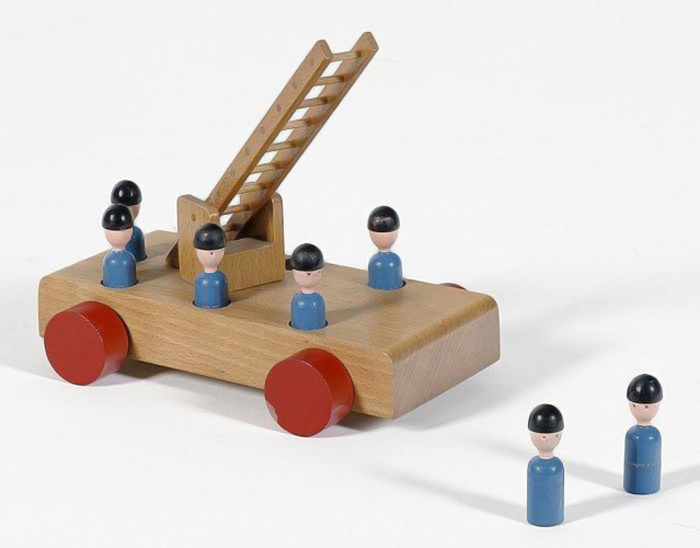
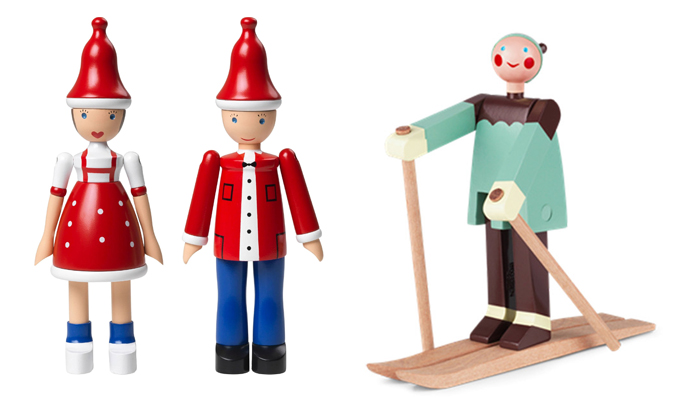
In his creations, Boysen merged popular toy concepts with effects as a result – clean shapes, moving parts, superior durability, hard surfaces, ”laughing” curves, to use his own words… And besides, these wood figurines must be secure, thus there are no extraneous details. Toys should not replicate reality; instead, they should stimulate and enhance a children’s creativeness.
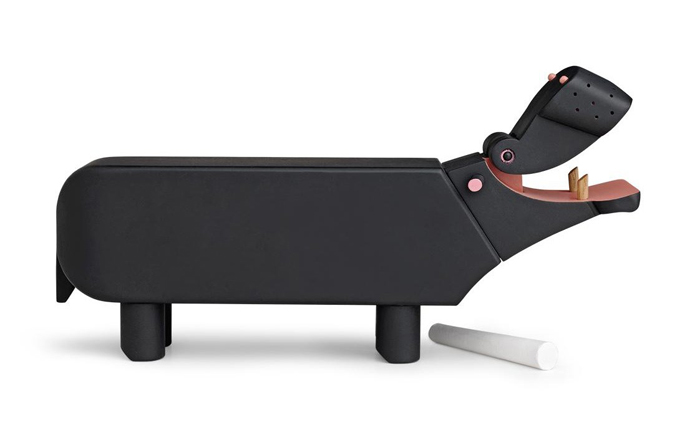
He began selling toys, plates, and furnishings from his modest store. His wife stood behind the bar, collecting and issuing orders, while he operated in his white coat next to clients.Boysen made about two thousand replicas of wooden toys, which were quite famous in the Scandinavian countries, with his own fingers. He was dubbed ”a guy who wants to play” by his fellow countrymen. The monkey, competent of hanging to all accessible objects with its extended paws, was the most renowned of his toys, and the artist left it up to the kids to determine whether it should swing from a ceiling or hold a bunch of flowers in its paws. She was born in 1951 and bore no precise likeness to any of the extant monkey species, having inherited characteristics from every. It was designed to be a hanger, and it is both sturdy and comfortable, but Boysen wanted to add a very little fun to the practical item. The wood monkey, like the rocking horse, would go on to be an icon of Scandinavian design, but it didn’t have an easier time finding there.
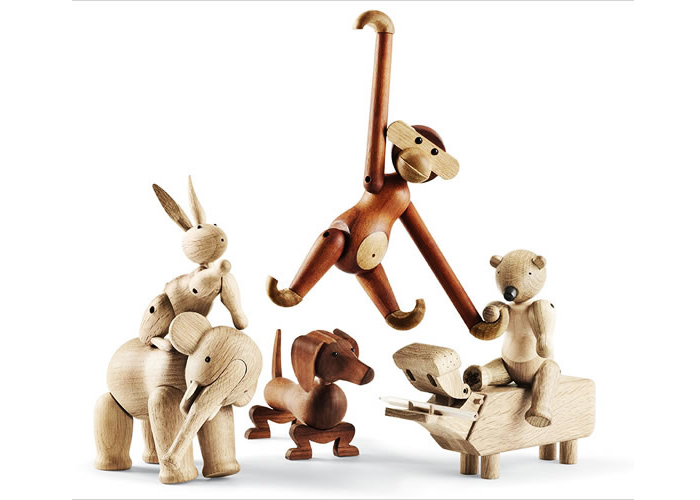
Boysen, who was already a well-known and named craftsman, presented it to the country’s official body in charge of selecting the best national keepsakes. ”Monkey?” sneered the strict specialists. You’re insane; Denmark is devoid of monkeys! ”No one saw the fairies with their own eyes either!” Boysen giggled. Soon after, he received orders for 1000 copies from the head of the same Den Permanente, not from the government. The wooden monkey subsequently made his way… to the gallery. In the 1950s, it was added to the collection of the Victoria & Albert Museum in London.

Regardless of the fact that Boysen is remembered as a ”toy master” in the history of this planet design, his hobbies were diverse. Boysen continued to make jewellery and household things while working on the construction of child’s furnishings. In the same year, he won the Grand Prix at the Milan Triennial for a practical set of stainless-steel flatware, not for wooden zebras and monkeys. The Danish Royal Court was handed this set, which was also known as ”Grand Prix,” for regular use. ”Everybody has the right to a decent design!” Boysen asserted. As a result, the ”Grand Prix” was open to people from all walks of life, not just kings…
Kai Boysen lived his entire life as a happy, immaturely direct person who could captivate anyone. His works were given immortal life after he died in 1972. The master’s legacy is passed down through the generations. Sus Boysen Rosenquist, Boysen’s eldest grandchild, who had shown a significant interest in designing from childhood, resurrected her grandpa’s firm in 2011. Ever since, Boysen toys have been reprinted and made accessible to purchasers all over the globe, pieces have been preserved in galleries, and the title of ”toy creator” has been recorded in the annals of architectural history.
Did you enjoy the article? Then join us by pressing:
Source: Kulturologia





